An extended version of the yatagan. Decorated with dozens of stones, enamel and hand-engraved metal. A sturdy blade of Damascus steel.
The patterns of the scabbard and hilt are gilded. Gilding is the application of a 24K high-grade metal layer. In addition to visual appeal, gold-plated products acquire a number of functional advantages. They are less susceptible to aggressive external influences, oxidation and corrosion. We recommend you to read our article on the care of our products.
Basically, the yatagan is known as a specific weapon of the Turkish Janissaries. According to legend, the Sultan forbade the Janissaries to wear sabers in peacetime. Janissaries circumvented this ban by ordering arm-length combat knives. And so the Turkish yatagan appeared. Some yatagans have a biconcave blade (like the Egyptian khopesh) – reverse at the base of the blade and saber at the tip. The yatagan usually has a bone or metal handle. The scabbard of the yatagan is wooden, covered with leather or lined with metal. Since there is no guard, the yatagan blade enters the sheath with part of the hilt. The total length of the yatagan is up to 80 cm, the length of the blade is about 65 cm, the weight without scabbard is up to 800 g, with scabbard is up to 1200 g. In addition to Turkey, the yatagan was used in the armies of the countries of the Middle East, the Balkan Peninsula, South Transcaucasia and the Crimean Khanate.




























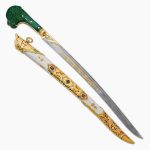
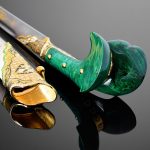

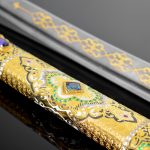
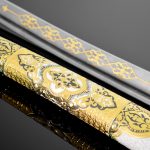




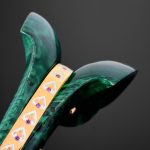
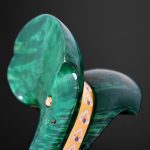



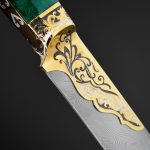

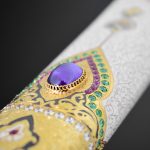
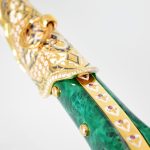
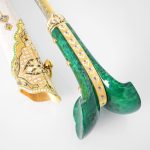


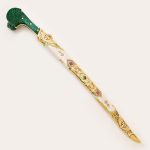

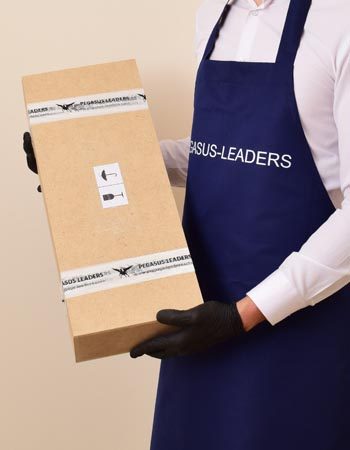
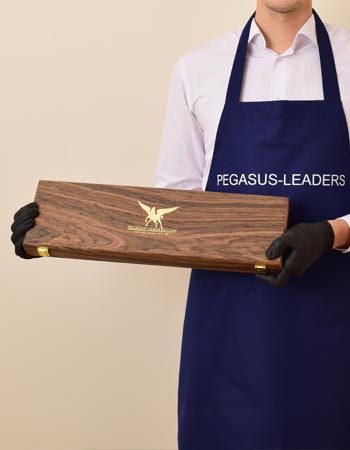









Reviews
Clear filtersThere are no reviews yet.